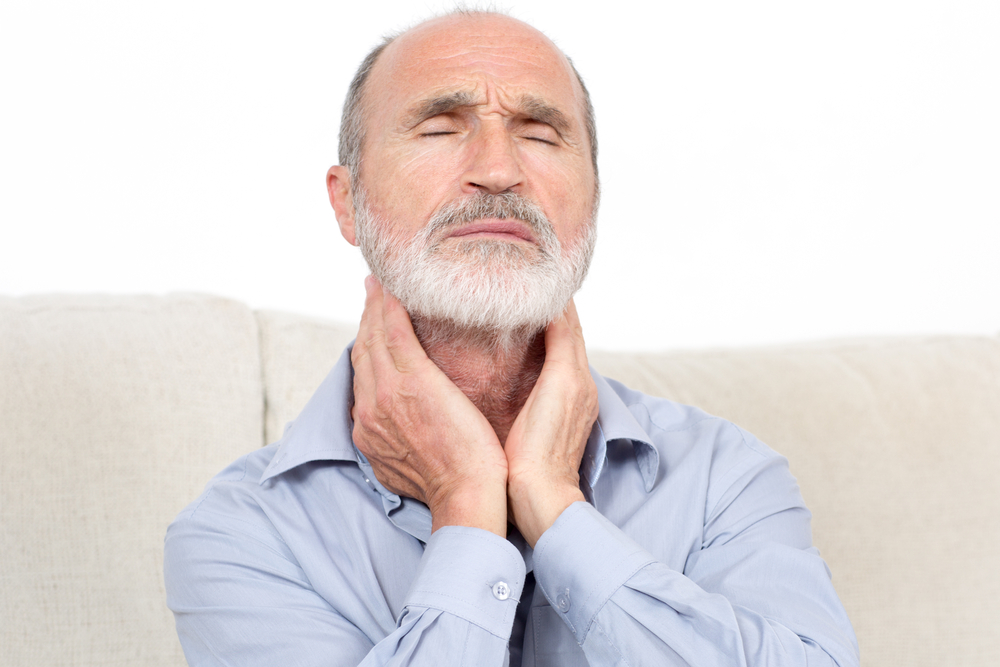Leishmaniasis is caused by a parasite called Leishmania that typically lives in infected sand flies. It can be infect humans through the sand fly bite.
Sand flies are most active in humid environments during the warmer months and at night. Domestic animals, like dogs, can serve as reservoirs for the parasite. Transmission may occur from animal to sand fly to human.
Humans can also transmit the parasite between each other through a blood transfusion or shared needles. In some parts of the world, transmission may also occur from human to sand fly to human.


